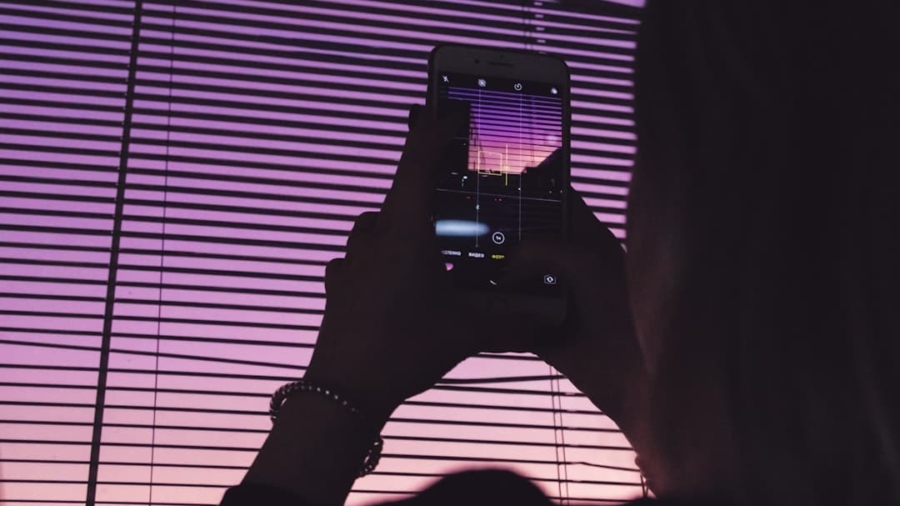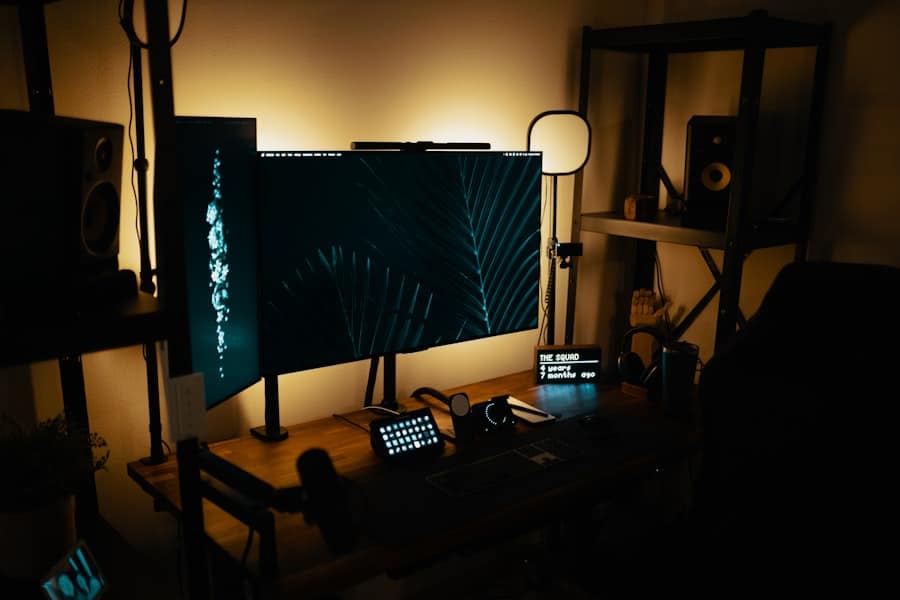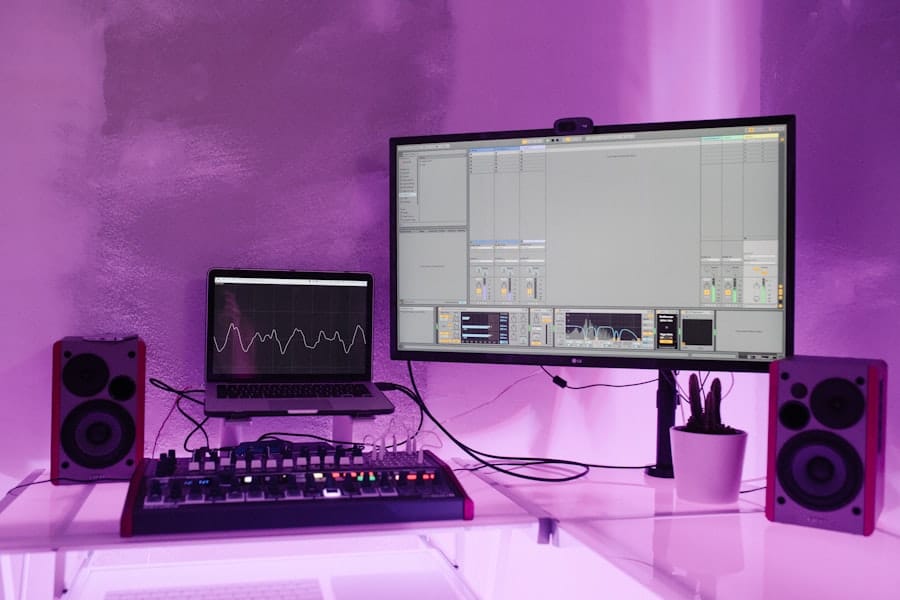In an increasingly digital world, the ability to capture and share visual content has become essential for both personal and professional communication. Screen recording, a process that allows users to capture their computer or mobile device screens, has gained immense popularity across various sectors. Whether for creating tutorials, conducting software demonstrations, or sharing gameplay highlights, screen recording serves as a versatile tool that enhances the way we convey information.
The rise of remote work and online learning has further propelled the demand for effective screen recording solutions, making it a vital skill for many. The act of screen recording involves not just capturing the visual output of a device but also often includes audio narration, which adds a layer of engagement and clarity. This dual capability allows creators to explain complex processes, provide feedback, or simply share experiences in a more interactive manner.
As the landscape of digital communication evolves, understanding the nuances of screen recording and sharing becomes crucial for anyone looking to enhance their digital presence or improve their instructional methods.
Key Takeaways
- Screen recording and sharing is a valuable tool for creating tutorials, presentations, and sharing information with others.
- When choosing a screen recording tool, consider features such as video quality, editing capabilities, and ease of sharing.
- Popular screen recording software like Camtasia, Snagit, and OBS Studio offer different features and capabilities for users.
- Effective screen recording and sharing tips include preparing your content, using a high-quality microphone, and practicing your presentation.
- Free screen recording tools like OBS Studio and ShareX offer great features for users on a budget, while paid tools like Camtasia and Snagit provide advanced editing and sharing options.
Top Features to Consider in Screen Recording Tools
When selecting a screen recording tool, several key features should be taken into account to ensure that it meets your specific needs. One of the most critical aspects is the ability to record in high resolution. A tool that supports 1080p or even 4K recording can significantly enhance the quality of your output, making it easier for viewers to see details clearly.
This is particularly important for tutorials or presentations where visual clarity is paramount. Additionally, the option to record in different formats, such as MP4 or AVI, can provide flexibility in how you choose to share your recordings. Another essential feature is the inclusion of audio recording capabilities.
Many screen recording tools allow users to capture system audio, microphone input, or both simultaneously. This is particularly useful for creating instructional videos where voiceover explanations accompany visual demonstrations. Furthermore, features like webcam overlay can add a personal touch to recordings, allowing viewers to connect with the presenter on a more human level.
The ability to annotate during recording—such as drawing on the screen or adding text—can also enhance viewer engagement by highlighting key points or guiding attention to specific areas.
Comparison of Popular Screen Recording Software
The market is saturated with various screen recording software options, each offering unique features tailored to different user needs. For instance, OBS Studio is a popular choice among gamers and streamers due to its robust capabilities and flexibility. It allows for high-quality recordings and live streaming, making it ideal for those who want to share their gameplay in real-time.
On the other hand, tools like Camtasia provide an all-in-one solution that combines screen recording with powerful editing features. This software is particularly favored by educators and marketers who need to create polished videos with minimal effort.
Camtasia’s intuitive drag-and-drop interface allows users to easily add effects, transitions, and annotations post-recording. However, it comes with a higher price tag than some alternatives, which may deter casual users. For those seeking simplicity without sacrificing quality, Snagit offers a streamlined experience focused on quick captures and easy sharing.
It’s particularly effective for creating short instructional videos or capturing screenshots with annotations. While it lacks some advanced editing features found in more comprehensive software, its ease of use makes it an attractive option for individuals who need to produce content quickly.
Tips for Effective Screen Recording and Sharing
Creating an effective screen recording goes beyond merely pressing the record button; it requires thoughtful planning and execution. One of the first steps is to prepare your content thoroughly. This includes organizing your desktop environment by closing unnecessary applications and tabs that could distract viewers.
A clean workspace not only enhances professionalism but also helps maintain focus on the subject matter at hand. Additionally, scripting or outlining your narration can help ensure that you cover all necessary points without rambling or losing track of your message. Another crucial aspect is to pay attention to your audio quality.
Using a good-quality microphone can make a significant difference in how your message is received.
Consider using noise-canceling software or recording in a quiet environment to enhance clarity.
Furthermore, practicing your delivery can help you sound more confident and engaging during the recording process.
The Best Free Screen Recording and Sharing Tools
For those on a budget or just starting out with screen recording, several free tools offer impressive functionality without any cost. OBS Studio stands out as one of the most powerful free options available. Its open-source nature means that it is continually updated by a community of developers, ensuring that users have access to the latest features and improvements.
While it may require some initial setup and configuration, its capabilities for both recording and live streaming make it an invaluable resource for content creators. Another noteworthy free tool is ShareX, which excels in capturing screenshots and screen recordings alike. It offers a plethora of customization options, allowing users to tailor their recordings according to their preferences.
ShareX also supports various output formats and provides built-in sharing options that make distributing content straightforward. While it may not have the same level of polish as some paid alternatives, its extensive feature set makes it a strong contender for anyone looking for a free solution. Additionally, Loom has gained popularity as a user-friendly option for quick screen recordings.
Its browser extension allows users to record their screens with just a few clicks, making it ideal for spontaneous video messages or quick tutorials. Loom’s cloud-based sharing capabilities mean that users can easily distribute their recordings via links without worrying about file sizes or formats.
The Best Paid Screen Recording and Sharing Tools
While free tools can be effective, investing in paid screen recording software often provides additional features and support that can enhance the user experience significantly. Camtasia remains one of the top choices for professionals seeking comprehensive editing capabilities alongside robust recording features. Its extensive library of assets—including music tracks, animations, and templates—enables users to create polished videos that stand out in a crowded digital landscape.
Another excellent paid option is ScreenFlow, which is particularly favored by Mac users for its seamless integration with Apple’s ecosystem. ScreenFlow offers powerful editing tools that allow users to create high-quality videos with ease. Its intuitive interface makes it accessible for beginners while still providing advanced features for seasoned creators.
The ability to record multiple screens simultaneously is another standout feature that caters to professionals who need to capture complex setups. For those focused on business applications, Snagit offers a unique blend of screen capture and video recording capabilities tailored for productivity. Its emphasis on quick sharing and collaboration makes it an ideal choice for teams looking to streamline communication through visual content.
Snagit’s integration with various platforms like Slack and Microsoft Teams further enhances its utility in professional environments.
How to Share Screen Recordings with Others
Once you’ve created your screen recordings, sharing them effectively is crucial for maximizing their impact. Most modern screen recording tools come equipped with built-in sharing options that simplify this process. For instance, platforms like Loom automatically generate shareable links upon completion of a recording, allowing users to distribute their content effortlessly via email or social media.
For those using software without direct sharing capabilities, exporting recordings in widely accepted formats such as MP4 ensures compatibility across various devices and platforms. Once exported, users can upload their videos to popular video-sharing sites like YouTube or Vimeo, which not only provides hosting but also enhances discoverability through search engines. In professional settings, utilizing cloud storage solutions like Google Drive or Dropbox can facilitate easy sharing among team members or clients.
These platforms allow users to control access permissions, ensuring that only intended recipients can view or edit the content. Additionally, embedding videos directly into presentations or documents can create a more cohesive experience for viewers.
Conclusion and Final Recommendations
In summary, screen recording has become an indispensable tool in today’s digital communication landscape. With numerous options available—ranging from free tools like OBS Studio and ShareX to premium solutions like Camtasia and ScreenFlow—users have the flexibility to choose software that best fits their needs and budget. By considering essential features such as resolution quality, audio capabilities, and ease of use, individuals can select tools that enhance their content creation efforts.
Effective screen recording also requires thoughtful preparation and execution; from organizing your workspace to ensuring high audio quality, these factors contribute significantly to the overall impact of your recordings. As you explore various sharing methods—whether through direct links or cloud storage—remember that the goal is not just to create content but also to engage your audience meaningfully. Ultimately, whether you are an educator looking to create instructional videos or a professional aiming to enhance communication within your team, mastering screen recording and sharing techniques will undoubtedly elevate your digital presence and effectiveness in conveying information.
If you are looking for the best tools for screen recording and sharing, you may also be interested in reading The Ultimate Guide to the Best Screen Recording Software in 2023. This article provides a comprehensive overview of the top screen recording software options available, helping you make an informed decision on which tool is best suited for your needs.
FAQs
What is screen recording?
Screen recording is the process of capturing the actions and visuals on a computer or mobile device screen, typically accompanied by audio narration.
What are the benefits of screen recording?
Screen recording allows users to create tutorials, presentations, demonstrations, and how-to videos. It is also useful for capturing and sharing gameplay, troubleshooting technical issues, and creating training materials.
What are the best tools for screen recording and sharing?
Some popular tools for screen recording and sharing include OBS Studio, Camtasia, Snagit, Screencast-O-Matic, and Loom. These tools offer various features such as video editing, webcam recording, and easy sharing options.
What features should I look for in a screen recording tool?
When choosing a screen recording tool, consider features such as video and audio quality, ease of use, editing capabilities, webcam recording, and sharing options. It’s also important to consider compatibility with your operating system and any additional features you may need, such as annotations or live streaming.
How can I share my screen recordings?
Most screen recording tools offer options to directly upload and share recordings to popular platforms such as YouTube, Vimeo, or Google Drive. Additionally, you can save the recordings to your computer and then share them through email, messaging apps, or social media.



